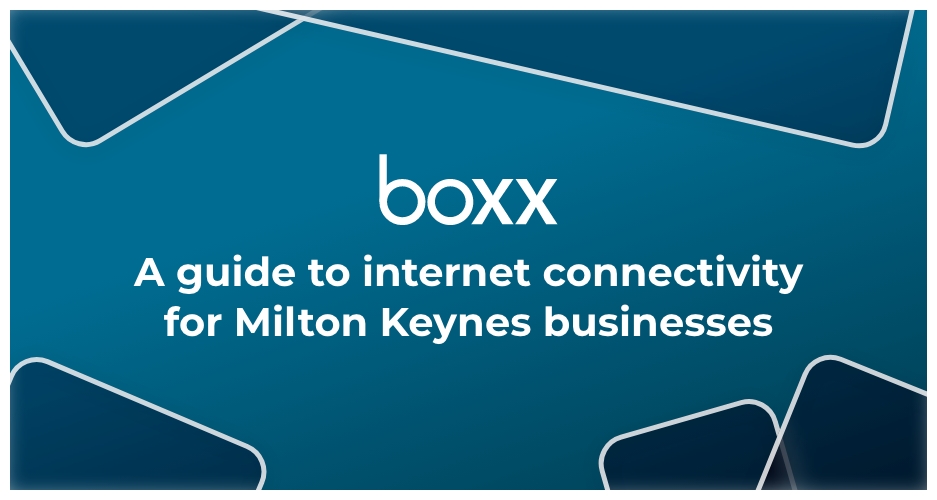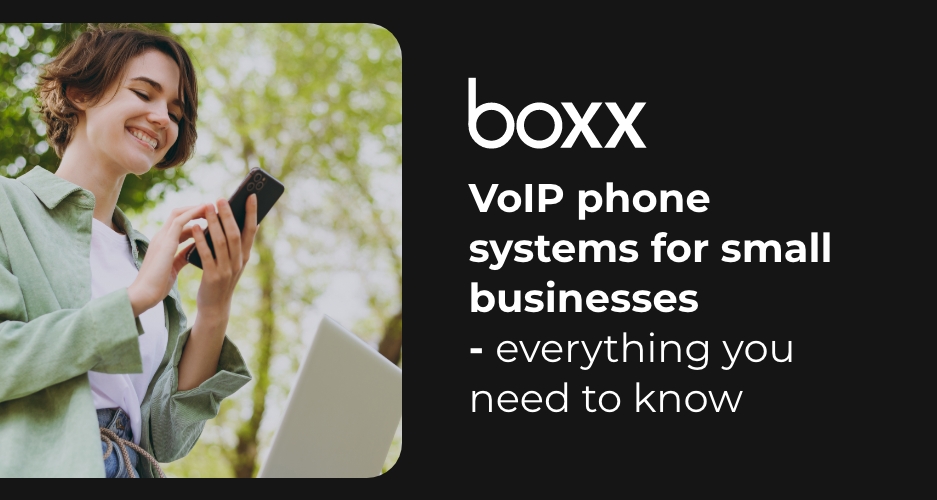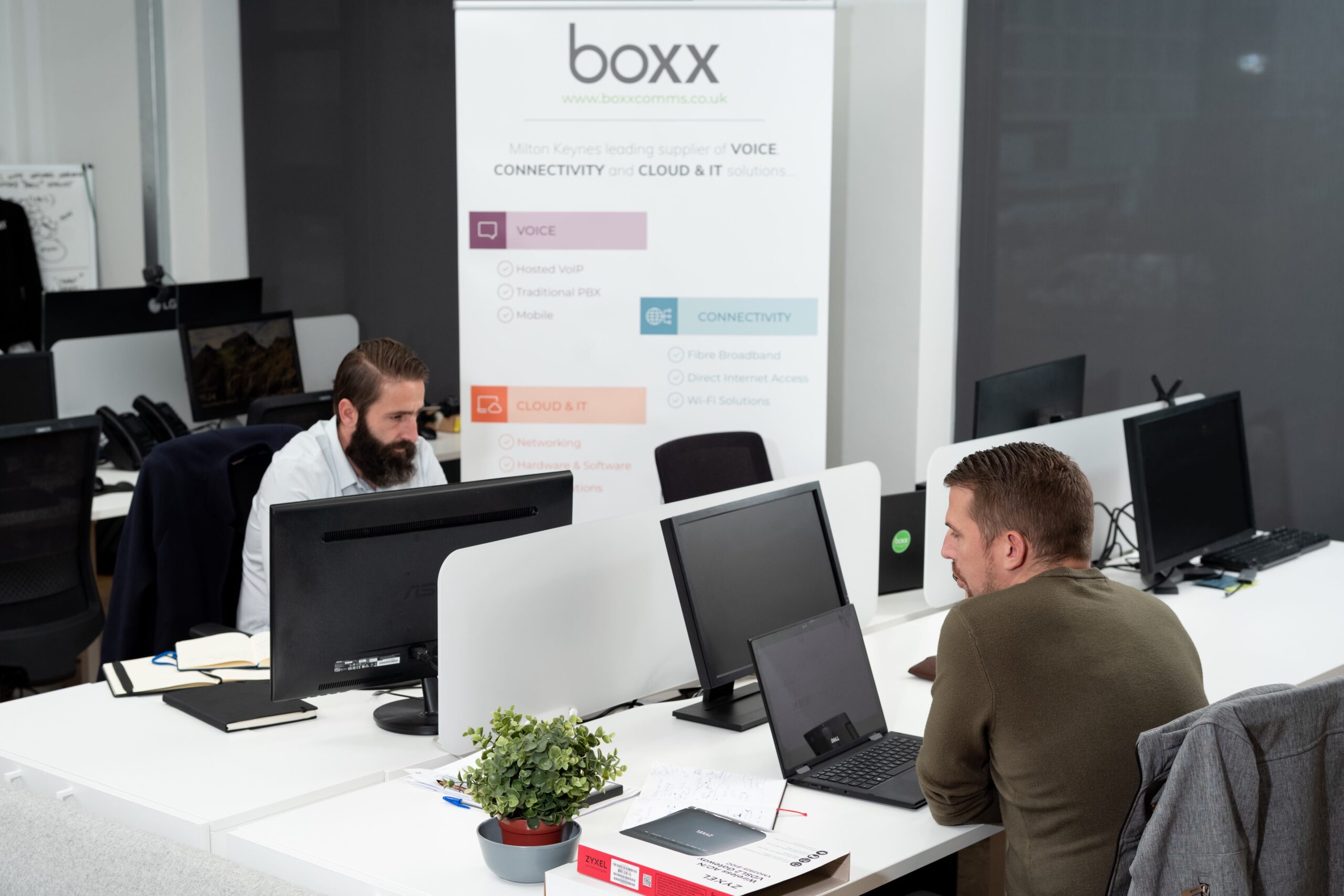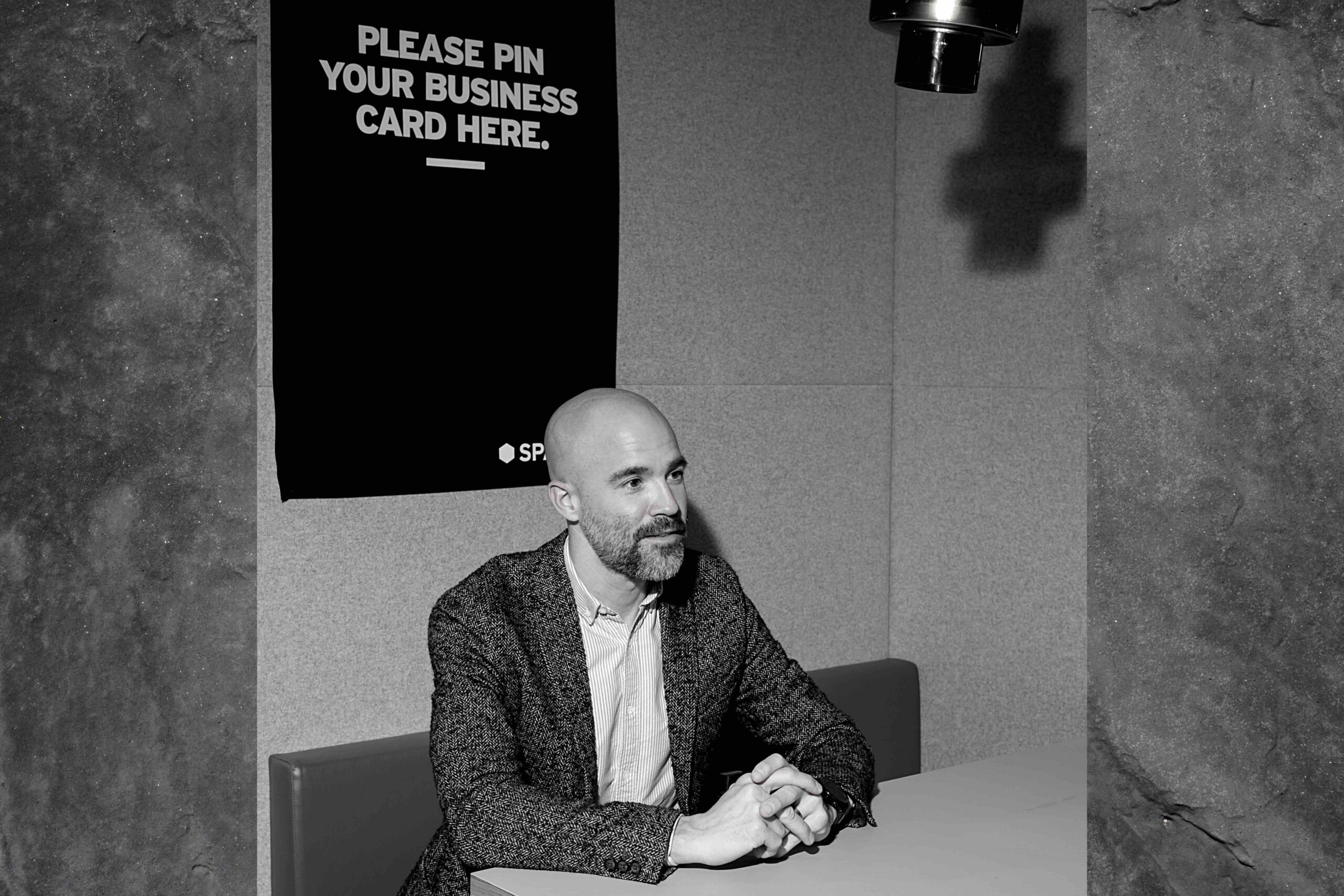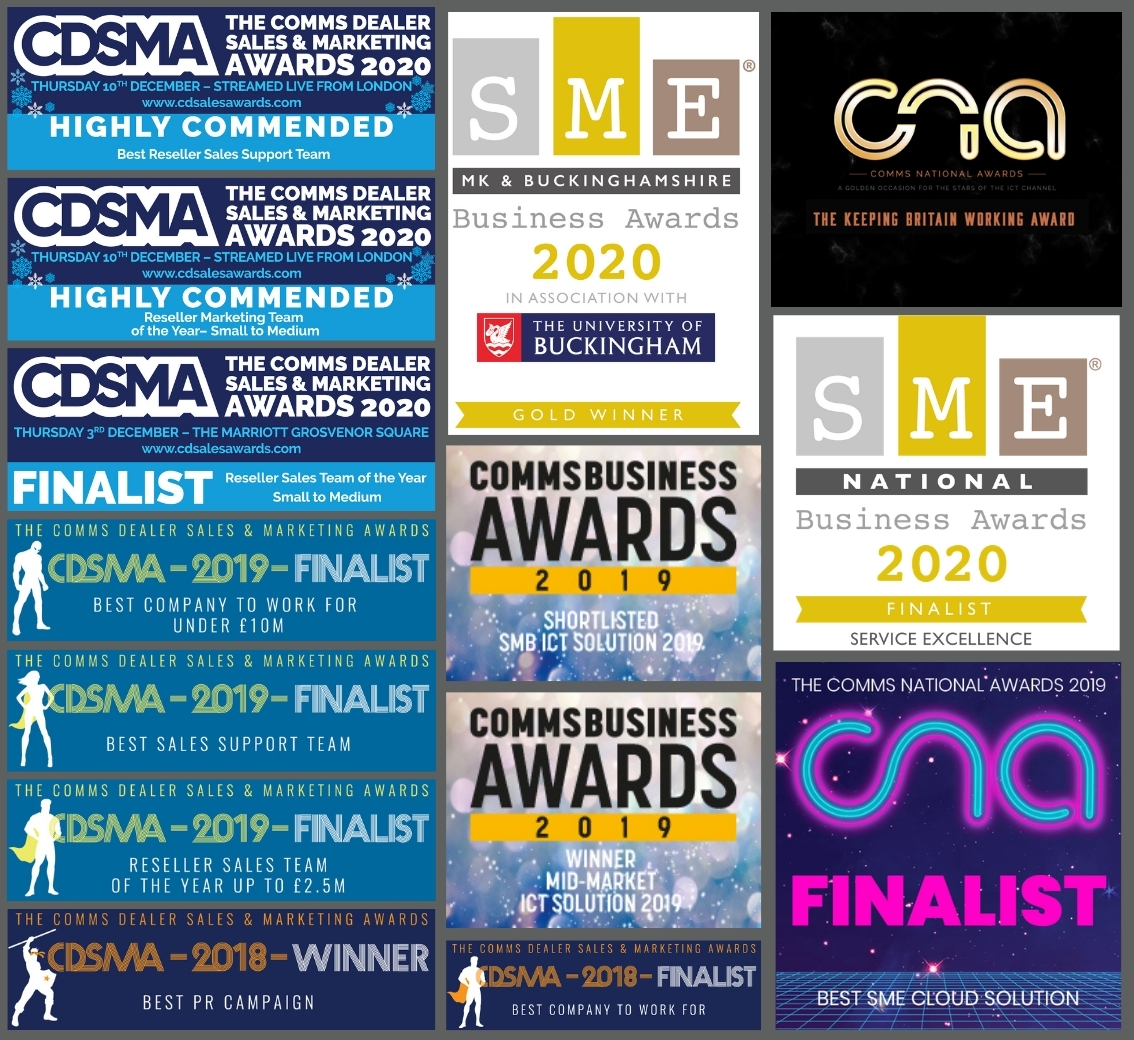Efficiency, productivity, collaboration. Three golden words at the heart of every business. The ISDN and PSDN switch-off is looming, and by 2025, businesses across the UK will need to have migrated to a cloud-based phone system.
That’s where Teams comes in. Businesses are now able to harness the reliability of Microsoft 365, whilst upgrading their phone system to the cloud. How? With a Teams phone system licence.
We’re going to talk you through how it works, why you should consider it, and the benefits it can bring to your business.
Teams as a phone system
Imagine all your communication tools being managed on one screen and being able to access your phone system from anywhere on any device. Well, that’s what you get when you use Microsoft Teams as a phone system.
As a cloud-based business phone system it offers convenience and timesaving all rolled into one, easy package. By combining all the features of your Teams subscription with the features of a traditional landline, users can make, receive, and transfer calls effortlessly.
We have another blog that talks about the key features of using Teams as a phone service here. Now let’s dive in to see how Teams excels as an alternative to a traditional on-premise phone system.
6 reasons to use Teams as a phone system
Many businesses are using Teams as a phone system and there’s plenty of reasons why. Not only does it match the features of your traditional phone system, but it offers additional upgrades and advantages. We’ve put together the top 6 reasons why you should consider making Teams your VoIP solution.
1. Quick to rollout
90% of businesses in the UK are already using Microsoft Teams. If your workforce is already familiar with the Teams software, you’ll save valuable company time on training.
2. Great user experience
Teams keeps your files at your fingertips, allowing you to access all your data and collaboration tools on any device. By using Microsoft Teams as a phone system, communication processes, such as scheduling & meeting tools, and call handling features, become fuss-free and seamless.
3. Work from anywhere
As long as there’s an internet connection, you’re ready to go. Remote and hybrid working models have become increasingly popular across UK businesses, and they’re not going anywhere. Businesses are evolving, and moving to a cloud phone system that works for your business needs, in tandem with the needs of your team is essential.
4. Future-proof
By 2025, traditional phonelines will be obsolete with all businesses depending on a cloud-based system. Teams is the ideal choice when moving away from a traditional service. As a future-proof, scalable phone solution, Teams will grow with your business and weather the impact of the switch-off.
5. No need for additional hardware, or software
A VoIP phone system, such as Teams, eliminates the need for all the hardware that comes with an analogue phone system.
6. Productivity and efficiency
One screen, one application. There’s no need for a second app, simply use Teams to handle all your internal and external communications, no matter where you’re working from. This efficiency, combined with better voice call quality, provides the perfect environment to increase the productivity levels of your team.
Do you need a phone licence for Teams?
Let’s get to the nitty gritty: setting up a Teams phone system. It’s as easy as adding on a licence to your existing Teams subscription. With different licences to choose from, the setup is flexible. Depending on the Microsoft 365 licence you have, you can pick and choose which employees get which capabilities, depending on the needs of their role.
Once setup, users can get a Microsoft Teams download for mobile, computer, or any internet-capable device.It really is flexible across the board. Speak to one of our specialists to discuss licencing.
Additional benefits of Teams
Microsoft 365 continuously offers simple, creative ways for businesses to collaborate and communicate. With the Office suite, desktop applications, software features, and automatic updates, you can rely on Teams to evolve with you. Pair all this with a Teams phone system that integrates perfectly into your IT, and doing business gets that bit easier.
A cloud phone solution will fall under the management of your IT provider, so you don’t need to lift a finger. Any queries or issues can be handled remotely, and quickly.
Let’s not forget about reliability. Cloud phone systems require internet connectivity, in contrast to the slow, patchy copper wire connection of a traditional phone line. What does this mean? Well, better call quality, and increased productivity.
And the icing on the cake – data is safely handled via reliable, off-site servers.
Final thoughts
Having all your business communication in one place, accessible remotely, without hardware, all whilst being able to use Teams collaboration tools sounds like the ultimate phone system package. And it is.
Merging your Teams subscription with an easy to configure, future-proof VoIP solution is a logical step. Microsoft Teams as a phone system is a customisable upgrade that brings your business into the new era of communications.
Time is ticking to make the switch; you can trust Teams to take you seamlessly into the future of cloud communication technology. Find out more here.
